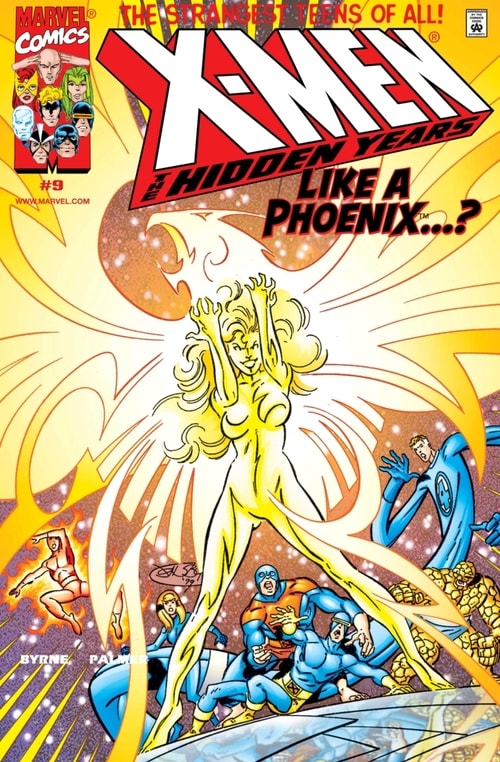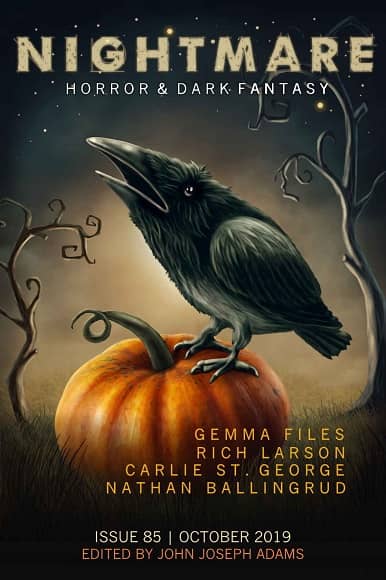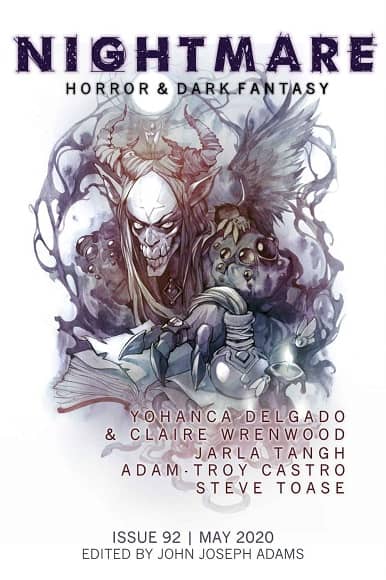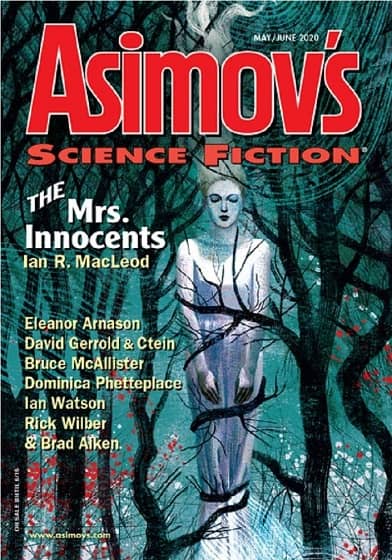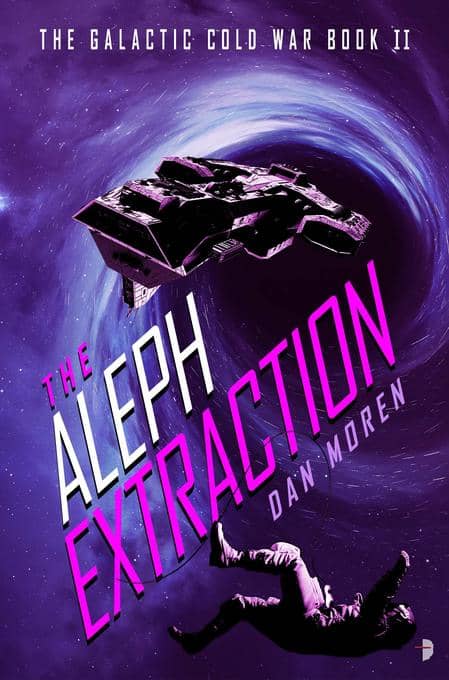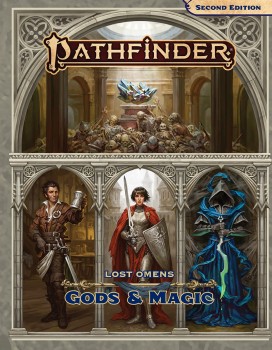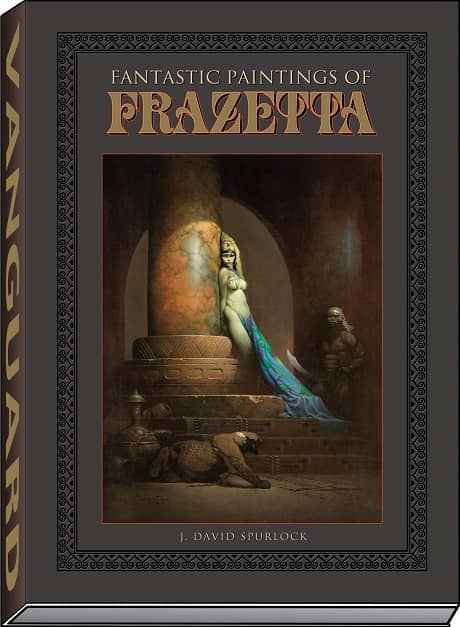Recent issues of Nightmare Magazine. Covers by Alexandra Petruk / Adobe Stock Images
Nightmare may well be the best magazine of horror and dark fantasy on the market. In the last twelve months, under the skilled editorial guidance of John Joseph Adams, it’s published original fiction by Simon Strantzas, Adam-Troy Castro, Brian Evenson, Rich Larson, Ray Nayler, Senaa Ahmad, and many others.
However, JJA is a busy guy. In addition to Nightmare he also edits the acclaimed Lightspeed magazine, a line of popular anthologies, including the Best American Science Fiction and Fantasy and the upcoming Dystopia Triptych, and — let’s not forget — John Joseph Adams Books, an imprint of Houghton Mifflin Harcourt, which published my novel The Robots of Gotham. I guess holding down three full time jobs starts to wear on a guy after a while, and on May 20 John announced that, effective with issue #100, Managing Editor Wendy N. Wagner would be taking over the reins at Nightmare.
Soon yours truly will be passing the editorial torch… although she will be newly minted in title, the editor has a name and face you already know: Our long-time managing/senior editor, Wendy N. Wagner. If you’re a diligent Nightmare reader, you’re already familiar with her editorial contributions: She was the guest editor for our Queers Destroy Horror! special issue back in 2015. But in truth if you’ve read any issue since 2014 you’ve seen Wendy’s input; she’s been my stalwart advisor and lieutenant for more than six years. I know that I’m leaving the magazine in the best possible hands…
Issue 100 will be my last issue as editor of Nightmare, but despair not, friends, for I honestly can’t think of a better person to take the reins . . . and I for one can’t wait to see where Wendy leads us next.
Wendy is a terrific choice, in my opinion. In addition to her editorial chops, she’s a fine author. We’ve covered two of her previous novels here, An Oath of Dogs (Angry Robot, 2017), and the Pathfinder Tales novel Starspawn (described as “Pathfinder Meets Lovecraft”). Garrett Calcaterra interviewed her for Black Gate back in 2013.
Read the full announcement here, and check out the latest issue of Nightmare, with fiction by Yohanca Delgado and Claire Wrenwood, Jarla Tangh, Adam-Troy Castro, and Steve Toase. You can purchase individual issues for $2.99 each, or subscribe for just $11.94 for six months here.
